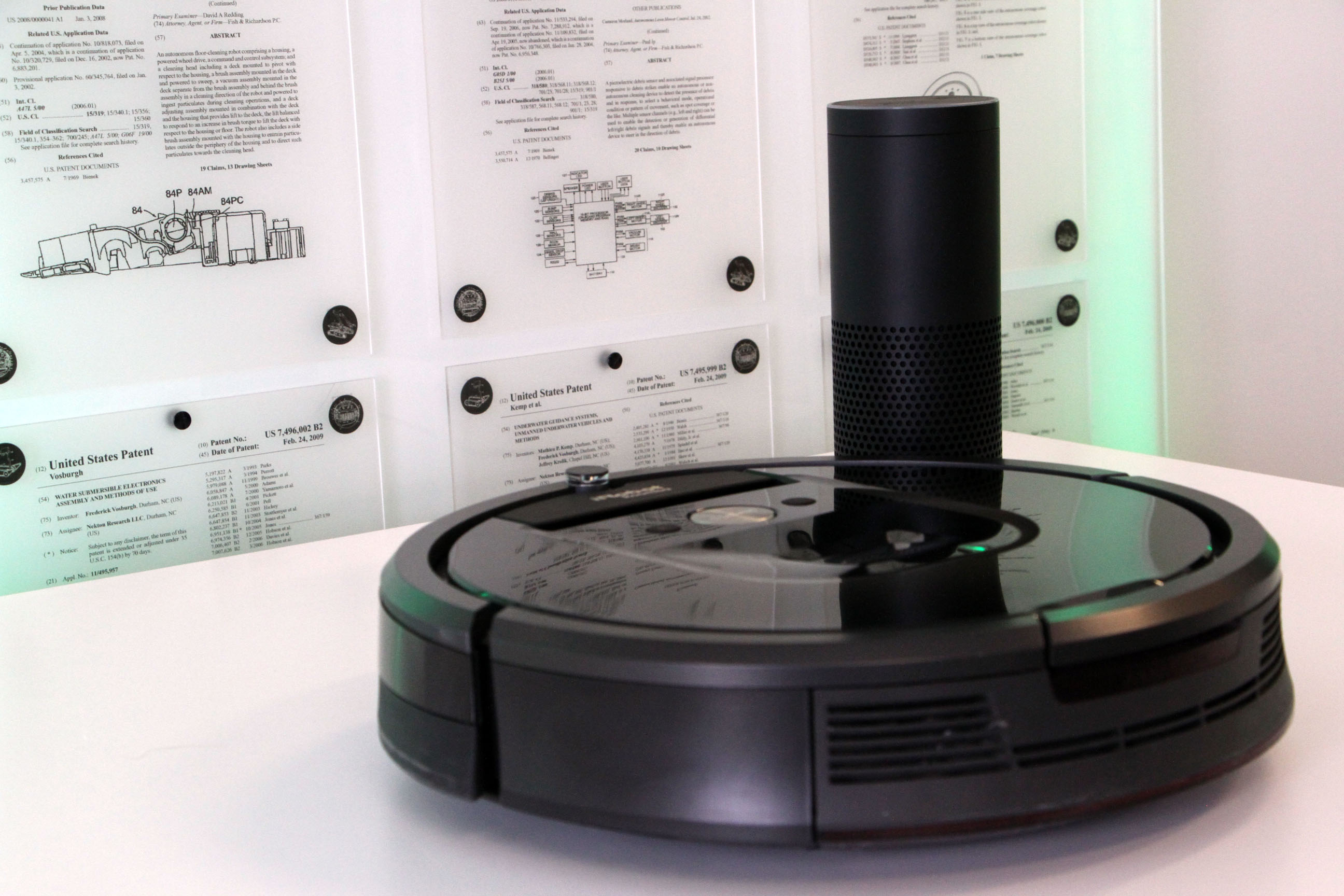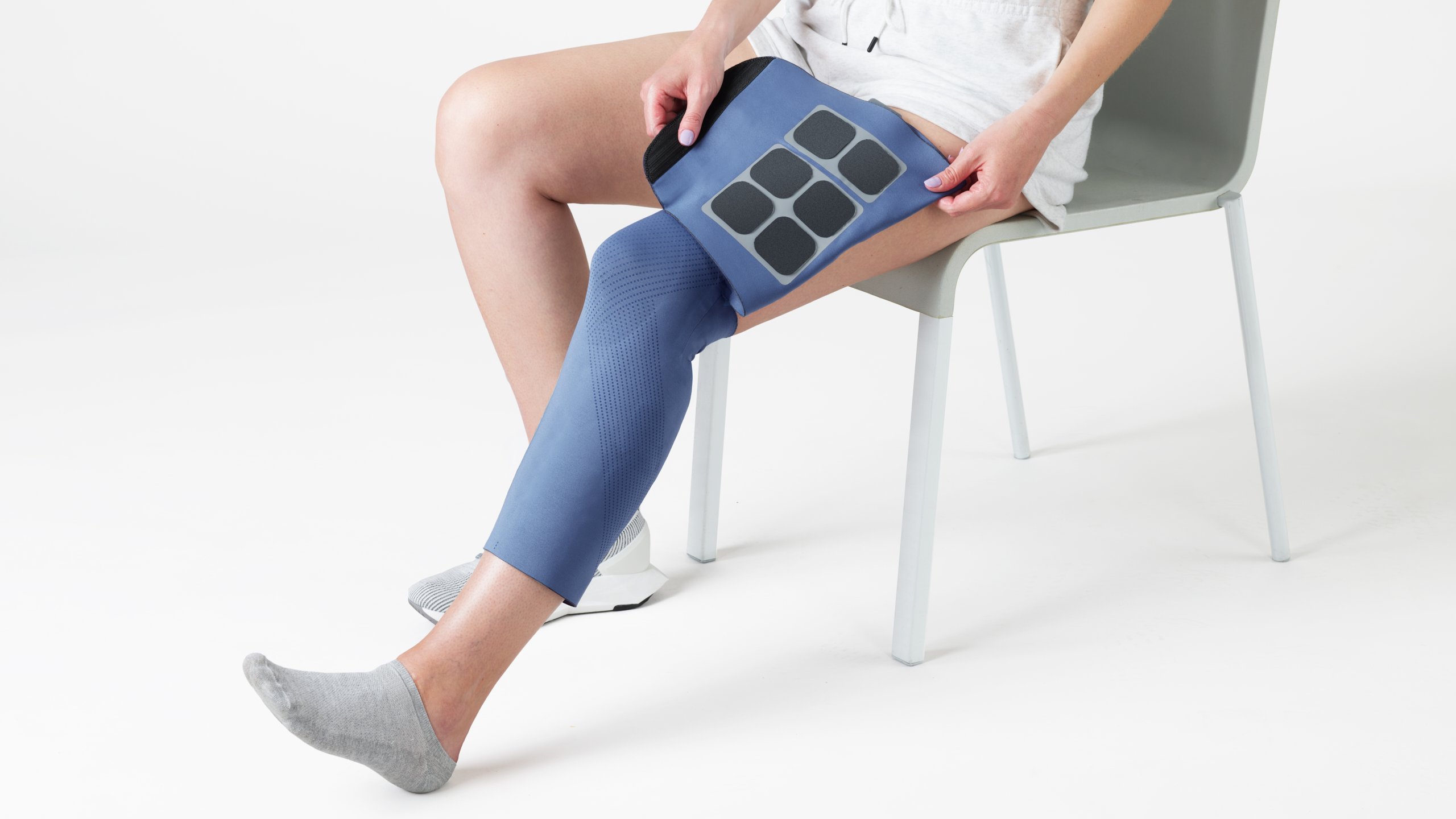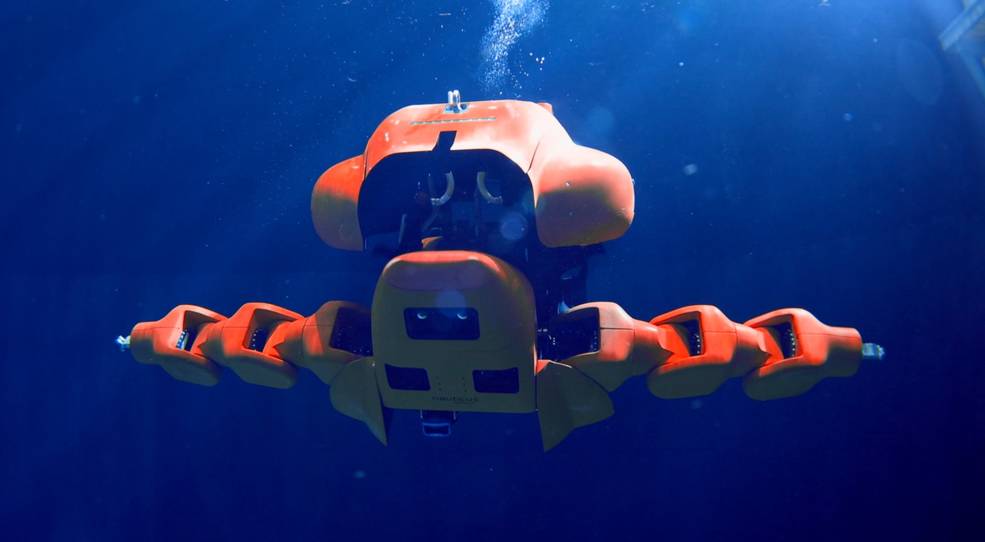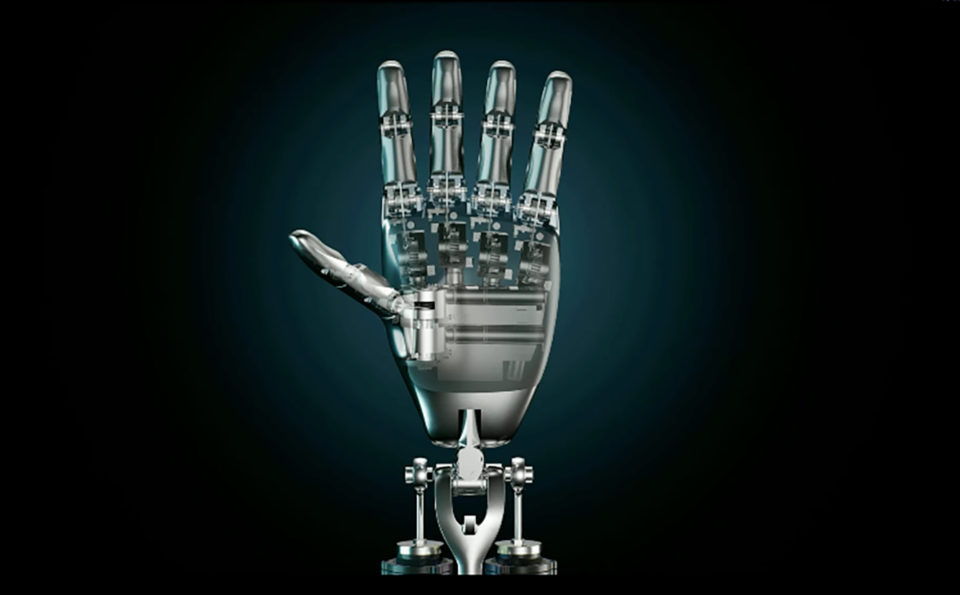I’m fed up Friday’s big Tesla AI event. I was actually looking forward to seeing what the company had cooked up after months of teasing, but a combination of rogue stomach virus and the most inconvenient event timing (Friday at 9:15 PM EDT) outside of something held on the other side of the world meant I had to watch the whole thing over the weekend.
I’m not sure one can call Optimus “disappointing,” exactly. Disappointing implies higher expectations than I think most of us had going into the thing. Elon Musk has largely proven himself to be a great hype man and self-promoter over the years, but in the lead-up to last week’s official unveiling, I didn’t encounter many serious roboticists who thought we would see much more than what Tesla showed.
I’m always happy to be pleasantly surprised by this stuff, but no one can claim that Musk didn’t — at the very least — set a reasonably low expectation when Optimus (nee Tesla Bot) was unveiled by way of a spandex-clad dancer. If nothing else, the company has given us a nice visual shorthand for the difficult task of building robots.
It’s been fascinating watching the robotics world react. Impressions have ranged from high school science fair project to suggestions that Tesla’s in the early stages of a real game changer here. Ultimately, it’s true that the event was, in large part, designed to recruit future employees, and despite Musk’s best efforts to the contrary, Tesla still has cache among engineers — particularly those looking to prove themselves fresh out of school.
Image Credits: Tesla
I still take issue with his initial suggestions that people simply don’t understand the world-changing impact of a humanoid robot that can do everything people can, but better. The pushback thus far has largely been focused on a feeling that past proclamations have discounted just how difficult it is to get there, and the prototypes offered a kind of physical manifestation of that.
Lots of questions linger, and at the very least, it will be fun to see how this all progresses. Top of mind is how much of the company’s work in vehicle autonomy and AI is ultimately transferable to robots. And getting back to last week’s rant, I’m still not entirely convinced that an all-purpose humanoid robot is the right short-term path to widespread robotic adoption. While I both understand and respect the opinion that human form factor makes as we’ve built our world to best suit ourselves, the question is whether the world we’ve built is optimized for automation.
If we accept that much of today’s work is going to be automated (which seems like a fairly safe assumption based on current trends), an important thing to consider is whether there are better and more efficient methods for building the workplace for robots, rather than the other way around.
I’d be curious to hear how last week’s event struck engineers — especially if you’re new to the workforce. Did the whole thing make you more or less excited about the potential of working on team Optimus?

Image Credits: Brian Heater
So, here’s a poorly kept secret: I generally write these newsletters a day in advance, so my copyeditor, Carrie, doesn’t fly to New York and murder me in my sleep. Every once in a while, an important bit of news drops in that liminal zone between writing and publishing that would have made a marked impact on Actuator that week. Last week, I wrote a bunch of words about Amazon’s robotics play and made a passing reference to potential regulatory scrutiny over the iRobot deal.
Not long before the newsletter arrived on your doorstep, we got word that Massachusetts Senator Elizabeth Warren is leading a group of six congressional Democrats asking the FTC to block the deal. The lawmakers note, “Rather than compete in a fair marketplace on its own merits, Amazon is following a familiar anticompetitive playbook: leveraging its massive market share and access to capital to buy or suppress popular products.”
Following publication, Amazon offered TechCrunch the following statement: “The letter contains a number of falsehoods and is broadly inaccurate. We will continue to cooperate with regulators, and we are confident that this deal is procompetitive and will make customers’ lives better and easier.”
Expect some fireworks there.

Image Credits: Slaven Vlasic/Getty Images for Sports Illustrated
News of another sizable round for another pizza robotics firm. Stellar Pizza raised a $16.5 million Series A, led by Jay-Z’s Marcy Venture Partners. That joins a thus far undisclosed $9 million in funding from the firm, which follows in the footsteps of one-time pioneer in the category, Zume, by developing delivery trucks with on-board pizza robots. The company says that it is “in the process of building a fleet of mobile pizza restaurants with the intention of building a nationwide brand over the next few years.”

Image Credits: Cionic
Cionic announced its own Series A this week. The $12.5 million round led by BlueRun Ventures will go toward accelerating the company’s first product, Neural Sleeve. The system is, in effect, a soft, wearable robotic exoskeleton designed to increase mobility in people who have a range of conditions, including stroke, cerebral palsy and multiple sclerosis.
The company describes the product thusly:
Cionic builds bionic clothing that can analyze and augment human movement, enabling the body to move with more freedom and control than with crutches, walkers, or wheelchairs. Cionic thoughtfully combines the diagnostic power of a gait lab with the therapeutic power of Functional Electrical Stimulation (FES) into a lightweight, durable garment that can be worn anywhere and work everywhere.

Image Credits: Nautical Robotics
And closing out this week is news that Nautical Robotics signed a deal with the US Defense Innovation Unit to create an autonomous amphibious robot. The company’s Director of Business Development for Defense Systems says in a post:
We are thrilled with the additional work the DIU and the US Marine Corps have awarded us to continue providing leading maritime robotics and autonomy solutions to assist the warfighter. We are humbled and honored to be doing our part to advance the usage of robotics and autonomous systems to remove servicemembers from harm’s way.

Image Credits: Bryce Durbin/TechCrunch
Allow me to reintroduce myself — Actu-to-the-ator. Subscribe here.
